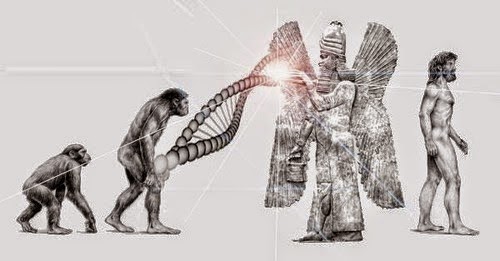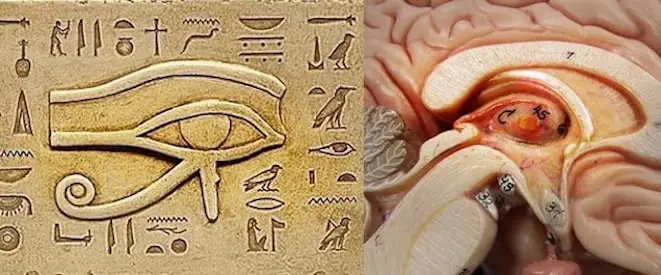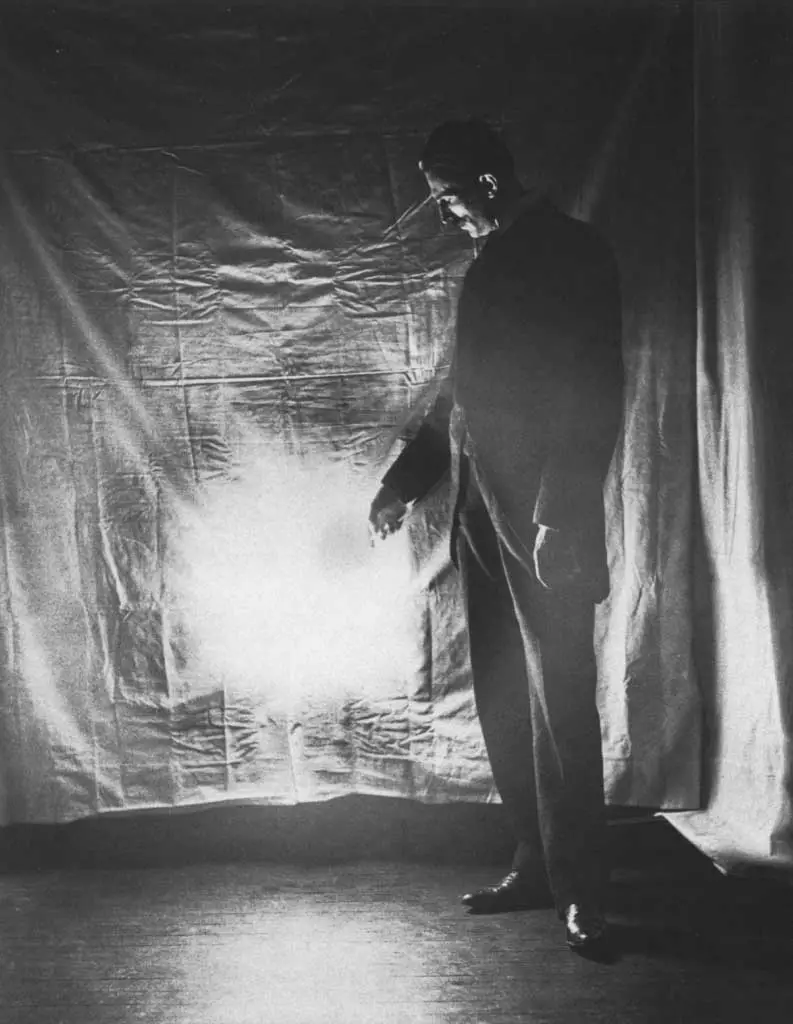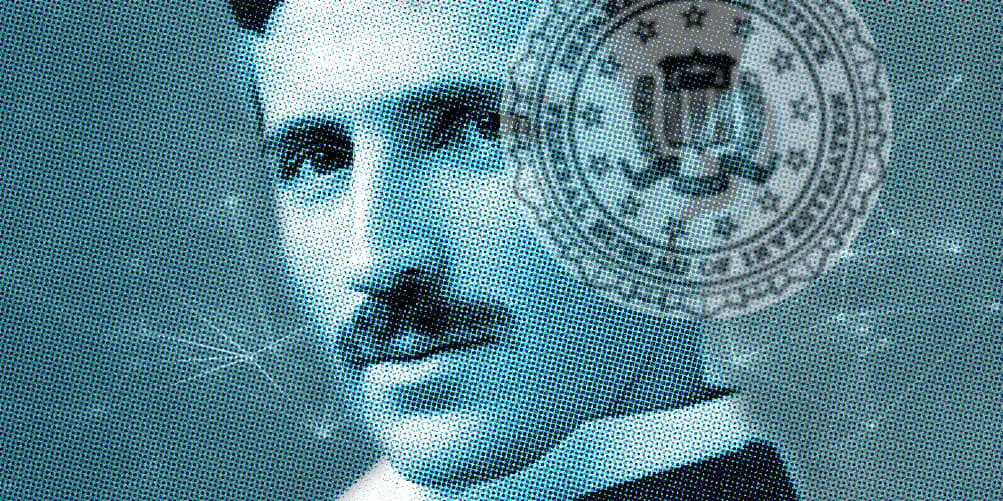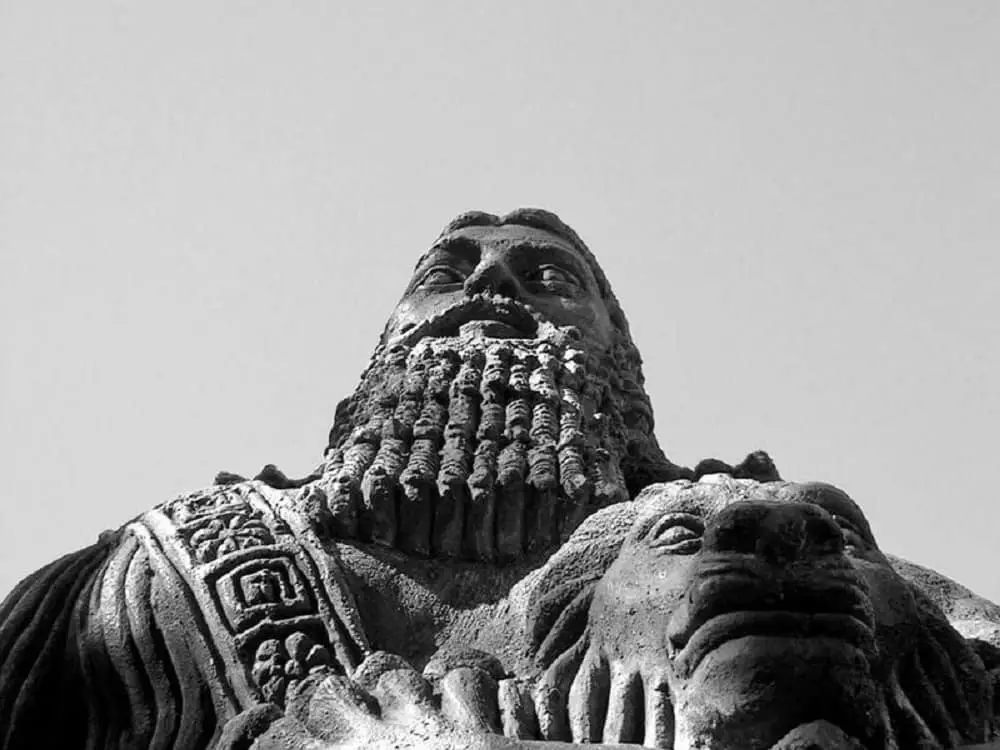
YouTube Video Here: https://www.youtube.com/embed/2pGhEu9elnA?feature=oembed&enablejsapi=1
In Brief: Gilgamesh was an ancient ruler of the city of Uruk in the land of Sumer, Mesopotamia. Gilgamesh is described as a hero and a demigod who possessed superhuman strength. Gilgamesh was two-thirds God from his mother, the goddess Ninsun, and one-third human from his father, the former king of Uruk Lugalbunda. Historical evidence suggests that Gilgamesh built the city walls of Uruk to defend his people. Gilgamesh fought against the demon Humbaba (or Huwawa), along with his former enemy Enkidu. After killing the daemon, they brought his head back to Uruk on a raft, built from massive trees. Gilgamesh and Enkidu also defeated the Bull of Heaven sent by the furious goddess Ishtar after Gilgamesh refused to become her lover.
According to the Sumerian King List, Gilgamesh was the son of the goddess Ninsun and the Priest-King Lugalbanda.
Gilgamesh was the ruler of the district of Kulab and fifth king of the city Uruk (Erech in biblical texts, current Warqa, in Iraq) around the year 2750 BC. The Sumerian King List states him as a postdiluvian ruler, meaning that he lived after the great flood.

He is perhaps the best-known ancient Mesopotamian hero, as a number of tales, poems and legends have been told about Gilgamesh.
He succeeded King Lugalbanda and reigned for 126 years leaving the throne to his son Ur-Nungal, who ruled for 30 years.
He is perhaps best known from the Epic of Gilgamesh, (believed to have been written circa 2150—1400BCE) the great Sumerian poetic work, considered as the oldest piece of epic world literature, predating Homer’s writings by at least 1,500 years.
The Epic of Gilgamesh tells the story of how the citizens of Uruk, being oppressed, asked the gods for help, who sent to Earth a being named Enkidu to fight Gilgamesh and defeat him.
But the fight becomes very even, without a clear winner.
Finally, Enkidu recognizes Gilgamesh as a king and the two fighters become friends.
Together they decide to take a long journey in search of adventure, in which they face fantastic and dangerous, legendary animals.
In Gilgamesh’s absence, the goddess Inanna (known to the Babylonians as Ishtar and later as Astarte) cares for and protects the city.
Inanna declares her love to Gilgamesh, but he rejects her as he insists that Inanna has mistreated all her former lovers, provoking the wrath of the goddess, who in revenge sends the Bull of Heaven to destroy the two characters and the entire city.
Gilgamesh and Enkidu kill the Bull of Heaven and offer its heart to Shamash, but the gods are enraged by this fact and punish Enkidu with death.
Gilgamesh falls into a deep grief after the death of his friend (brother) and he begins to question the meaning of life, and the value of human accomplishment in the face of final extinction, as he cries out:
How can I rest, how can I be at peace? Despair is in my heart. What my brother is now, that shall I be when I am dead. Because I am afraid of death I will go as best I can to find Utnapishtim whom they call the Faraway, for he has entered the assembly of the gods. (Sandars, 97)
Gilgamesh, A Demigod? Ancient Alien? Or Mortal Human?
As Gilgamesh was the son of the Goddess Ninsun, he was considered a Demigod, one of the reasons why he is believed to have lived an exceptionally long life, since he is thought to have ruled over Uruk for 126 years. But in addition to his long life, Gilgamesh was thought to have had super-human strength.
…Hercules anyone?
The most important and interesting thing is, in my opinion, that most historians mostly agree that Gilgamesh was a real, fresh and blood King, who ruled sometime between 2900 – 2350 BC.
Despite the fact that scholars have accepted Gilgamesh’s existence as an historical fact, it is hard to say when exactly he lived.
As explained by Stephanie Dalley, a scholar of the ancient Near East: “precise dates cannot be given for the lifetime of Gilgamesh, but they are generally agreed to lie between 2800 and 2500 BC.”
Evidence of his existence can be found in the Tummal Inscription, a thirty-four-line text written between 1953 – 1920 BC. The inscription credits Gilgamesh as the builder of the walls of Uruk.
“For a second time, the Tummal fell into ruin, Gilgamesh built the Numunburra of the House of Enlil. Ur-lugal, the son of Gilgamesh, Made the Tummal pre-eminent, Brought Ninlil to the Tummal.” —The Sumerians: Their History, Culture, and Character by Samuel Noah Kramer.
“Gilgamesh became the hero par excellence of the ancient world—an adventurous, brave, but tragic figure symbolizing man’s vain but endless drive for fame, glory, and immortality”
From historical records, poems and legends we know he existed, we know he was a powerful ruler, and we know that after his death, he was considered a God reborn, a deity which many later Mesopotamian rulers worshiped.
Gilgamesh was referred to as a God in a number of Sumerian Poems.
It must be noted that later Mesopotamian rulers, in the twenty-first century BC, would invoke his name and associate his lineage with their own.
Utu-hengal, the king of Uruk, adopted Gilgamesh as his patron deity.
King Shulgi of Ur (2029 – 1982 BC considered the greatest king of the Ur III Period (2047-1750 BCE)) declared himself the son of Lugalbanda and Ninsun and the brother of Gilgamesh.

